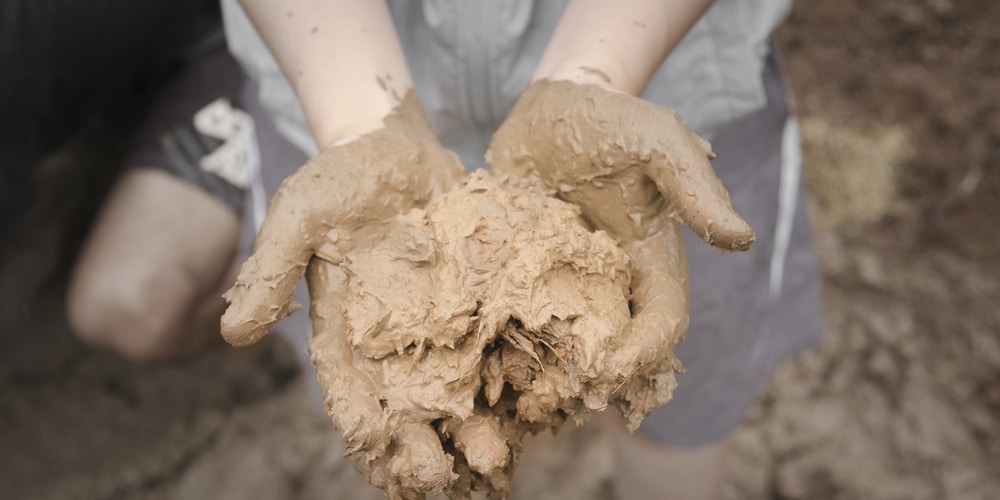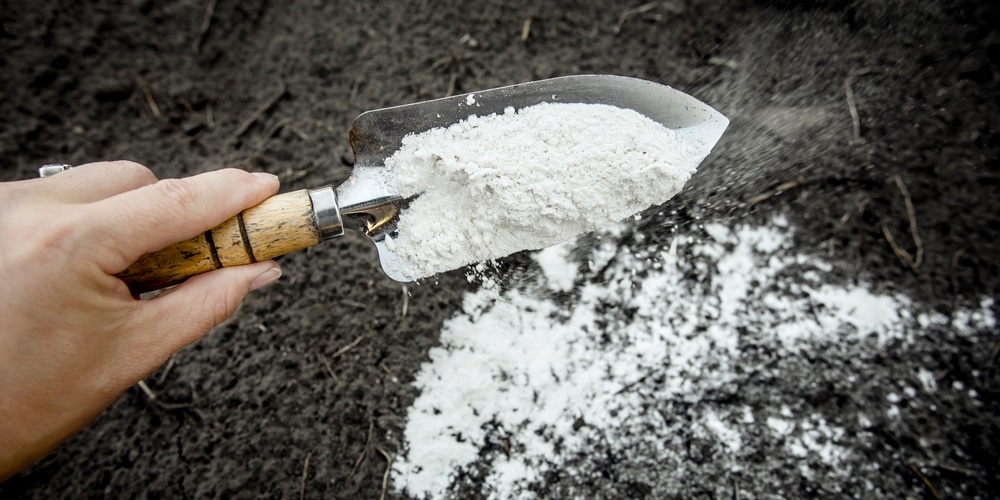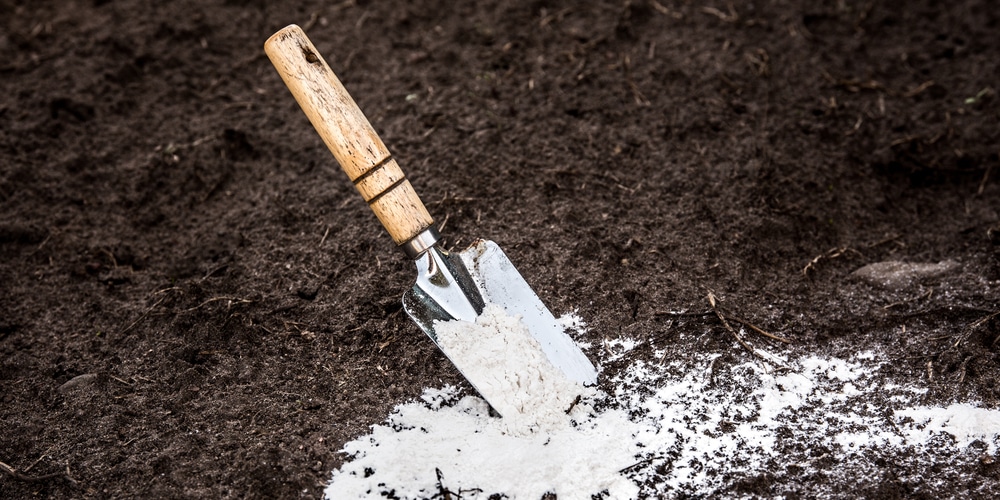If you have a clay substrate in your garden, you might know about the frustration of growing plants under such conditions. The particles in this type of soil are so small that they don’t allow good drainage and hand on water and nutrients. Because most plants need moisture and food to thrive, adding them to clay soil might be challenging.
Of course, some plants thrive even under such conditions (including the delicate roses). Indeed, not everything about clay soil is negative. This substrate is generally fertile and rich in essential nutrients, especially iron. However, it can be challenging to work, especially when it gets wet during the winter, making it hard to prepare and accommodate it for growing plants.
Besides that, this substrate’s particles are so dense that they make the soil prone to waterlogging. While that might not sound that bad (after all, you’ll have to water your plants less frequently), it is not ideal for most plants. If you know something about gardening, you should be familiar with the issues overwatering causes. Indeed, wet conditions cause plants’ roots to rot. For these reasons, gardeners must take action to improve their clay soils. Let’s look at adding lime to clay soil
Adding Lime To Clay Soil
There are several ways to increase drainage and make your clay soil more suitable for growing plants. One of them is to add compost to the mixture. But what about lime? If you are not new to gardening, you might know that this product is the best friend of people trying to raise the pH of their soils. But you might have also heard that lime can break down clay soil. But is that true? And how can you use this compound to improve the conditions of your substrate?
To find answers to these questions, keep reading. In this essential guide, you’ll learn about adding lime to clay soil and how to make the most out of it to improve your yard’s conditions.
What to expect from lime

If you have used lime before, it was to make your acid soil more alkaline. But by altering the soil pH in clay soils, lime also encourages the particles in the substrate to stick together in clumps. Contrary to what you might be thinking, the result is an easier-to-work substrate. Indeed, by sticking together, the tiny particles join together and form large clumps, changing the soil’s texture. So, to be specific, lime doesn’t break down the molecules in clay but helps them clump together, making the conditions more suitable for gardening and adding plants.
The good news is that there isn’t a good time to apply lime: you can do it whenever it suits you. However, if you want to get quicker results, add it during the winter, which will allow your garden to rest and adapt to the new conditions, getting ready to welcome plants in the spring. Dig the ground before application to increase the effectiveness of the treatment and scatter lime over the surface: let is it over the winter to get an ideal soil for the spring.
Don’t forget to make sure the plants do well in alkaline soil. Avoid using this practice for veggies and plants that prefer acidic conditions.
Indeed, you should use this strategy only if your pH is low. If your garden is already alkaline, the effect might be null. To improve drainage, add compost and consider aerating your garden.
If you have clay soil, you must seriously commit to aeration to recreate optimal conditions for plants’ growth in your garden. You can aerate your yard using core or liquid aeration. But if your substrate is heavy, liquid aeration is your best solution. Such a method penetrates deeper than where you’ll get manually. You can even make your own if you prefer organic materials. However, if you want to get fast results, consider purchasing a product in your favorite gardening store.
Adding Lime To Clay Soil: The Bottom Line
Adding lime to soil can be a good strategy if your substrate is heavy and slightly acidic. It will help improve drainage and nutrient content in the ground, making the conditions more suitable for growing plants. However, you will have to choose plants that grow at higher pHs to get the best out of this practice.
If you are trying to plant species that do best in acidic soil, consider adding compost and aerate at least once per year with a liquid product instead.
Related article: A Guide to Planting Grass in Clay Soil

